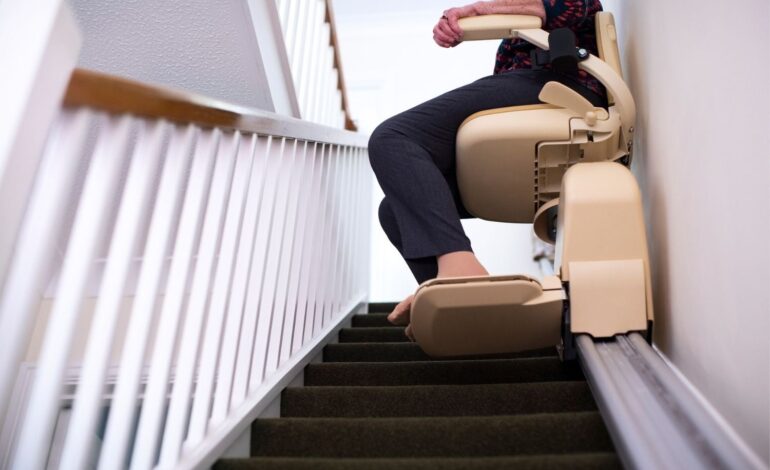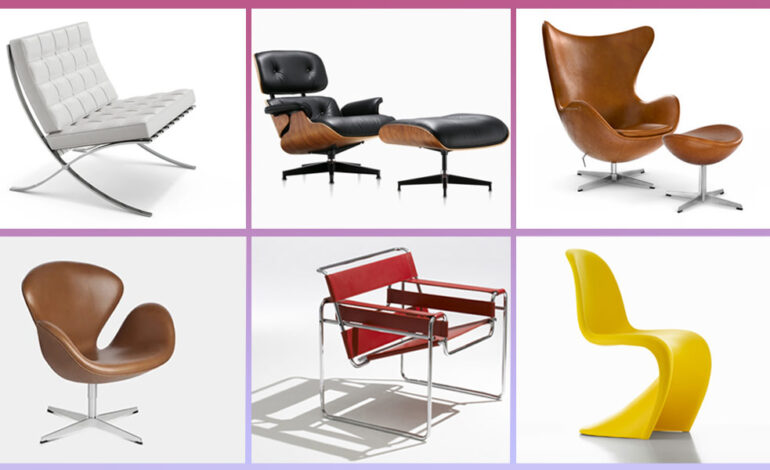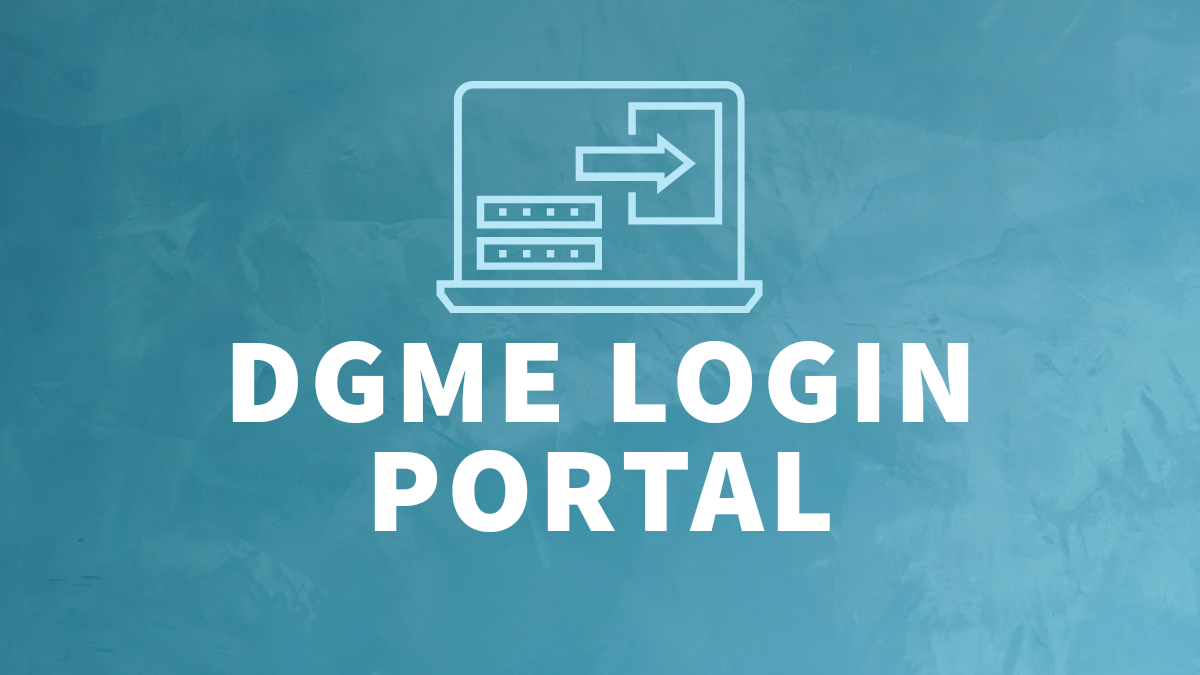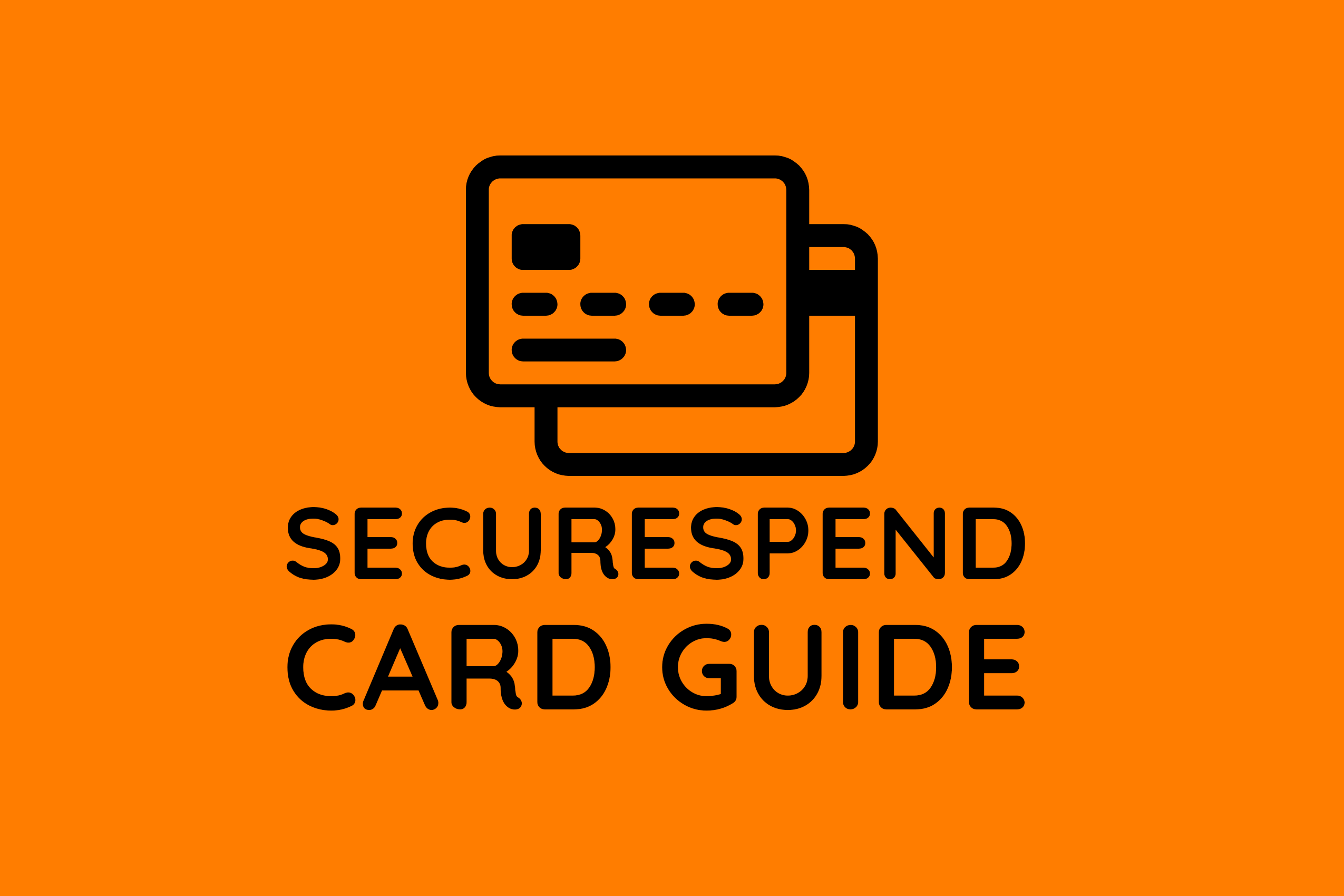
Stairlifts are a method of transportation that’s hard to beat when it comes to improving your ease of mobility around the house. Essentially, they are the best of both worlds – stairs and lifts. They work by transporting a chair along a track, travelling upwards and downwards, either diagonally or in a spiral.
What all stairlift companies should have in common
Although each stairlift manufacturer has its own design, most stairlifts operate in a similar manner. Regardless of the brand, a quality stairlift should be safe, comfortable, robust and easy to use. This is especially important for independent individuals – like those living alone – as they may not find it easy to reach out for help should an accident occur.
Can stairlifts be used both indoors and outdoors?
Usually, stairlifts are mainly used indoors as they work with a battery source. However, some are created so that they can be installed outdoors, too. These usually still have to be placed under a cover to protect them from harsh weather conditions and to prolong their lifespan.
What makes up a stairlift?
A stairlift usually features a seat, seatbelt, track or rail, power supply, call or send button, footrest and armrests, transmission, motor, battery charger and battery. Some lifts also include track overruns as an additional safety feature. As mentioned, stairlifts also often come with a unique design to make them pleasing to the eye and integrate them into the design of the rest of your home.
Seat and seatbelt
As mentioned, when it comes to the creation of a stairlift, safety and comfort should be two of your topmost priorities. A solid, padded seat allows the user to sit comfortably, while a seatbelt helps to keep them securely in place as the chair moves up and down the rails or tracks.
If the stairlift does not have a seatbelt, you run the risk of the user falling off the chair, which could be catastrophic at any time – but especially mid-motion.
Track, rail and track overruns
Similarly to a train on a track, the track or rail system of a stairlift is usually created using a geared strip, which connects to and supports the stairlift. This allows the chair to move either upwards or downwards along the gear strip.
Track overruns are fitted when the user prefers the track to go past the top or bottom starting points of the stairs. By doing this, if the user falls off when trying to get on or off the stairlift, they will fall on solid ground instead of the stairs.
Power supply, battery and charger
Today, most modern stairlifts are battery-operated, however, they all require a power supply to either charge the battery or supply power to it directly. If it is battery-operated, then it will also be fitted with a charger, which will charge the battery automatically as it’s used. Although these batteries need to be replaced eventually, they usually last for years at a time.
Call or send buttons
A button or switch is very important as it allows you to call or send the stairlift regardless of whether you are standing at the bottom or top of the stairs. Sometimes, stairlifts also come with a help or safety button which allows users to call for help should they find themselves in any trouble.
Motor and transmission
The motor is what drives the stair along its track. A mechanism called a transmission device is also installed, alongside the motor, to keep it at a safe speed and prevent it from going too fast.
Footrests and armrests
Some stairlifts have armrests so that you can comfortably rest your arms in place as you move. All stairlifts require a place to rest your feet, however, as it would be dangerous to have your feet dangling when in motion. Some designs allow these rests to be adjusted according to your height.








